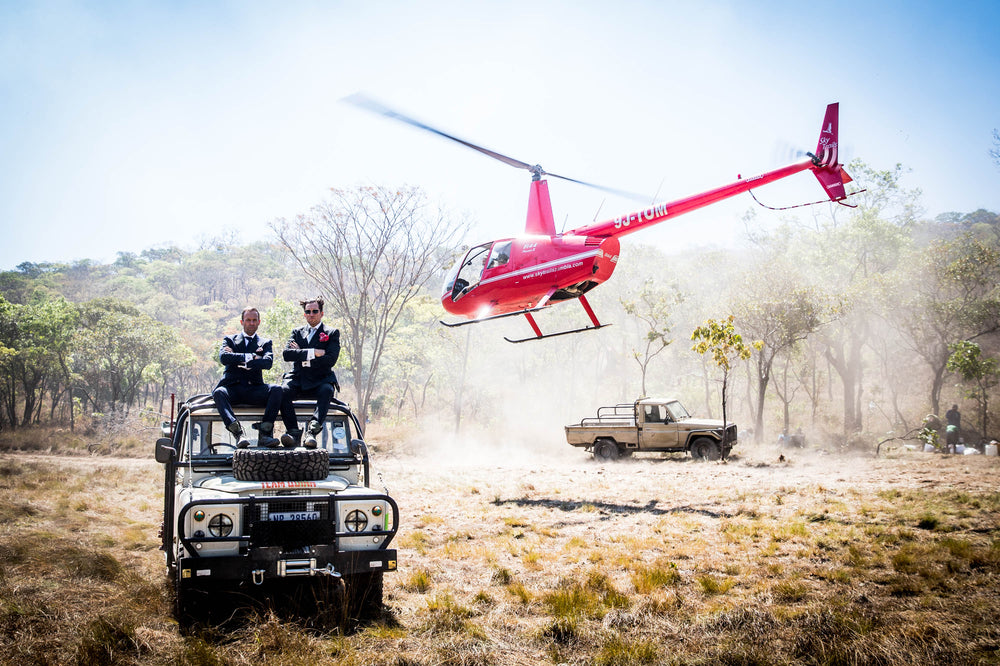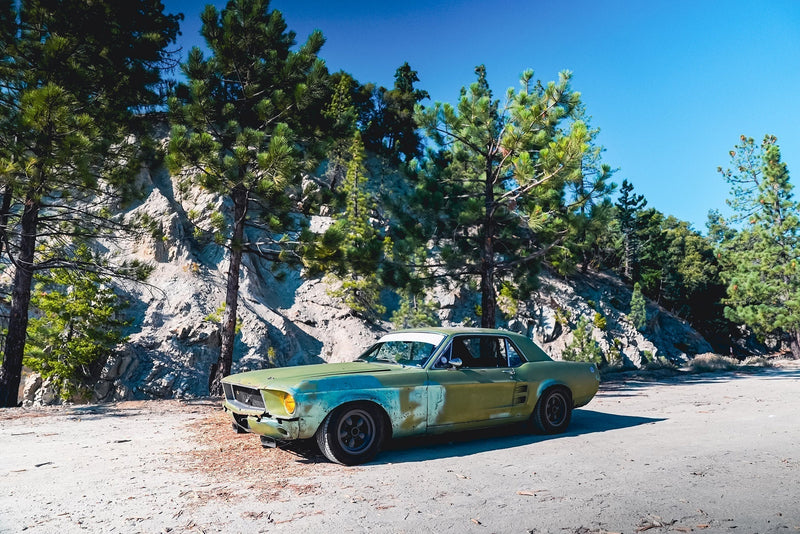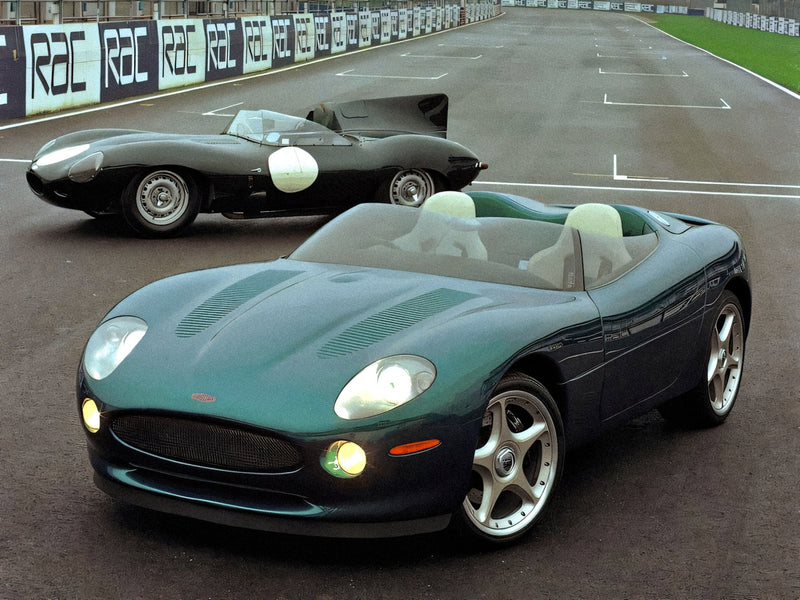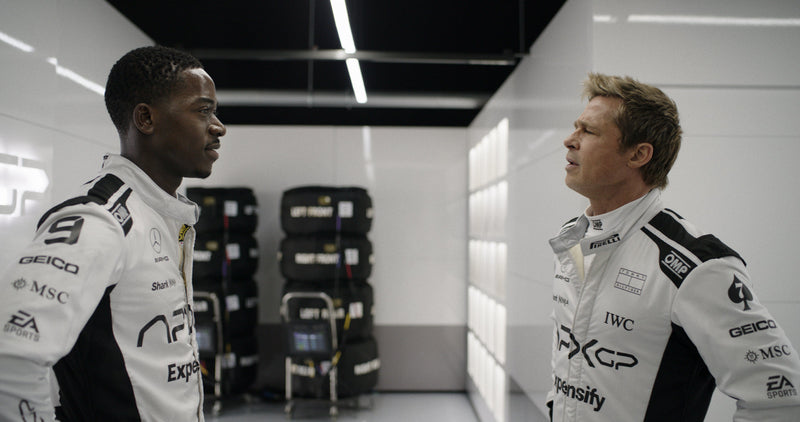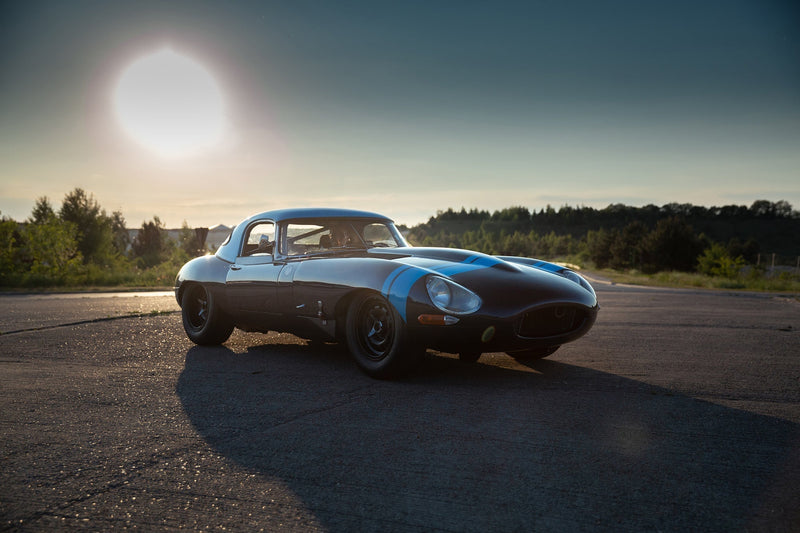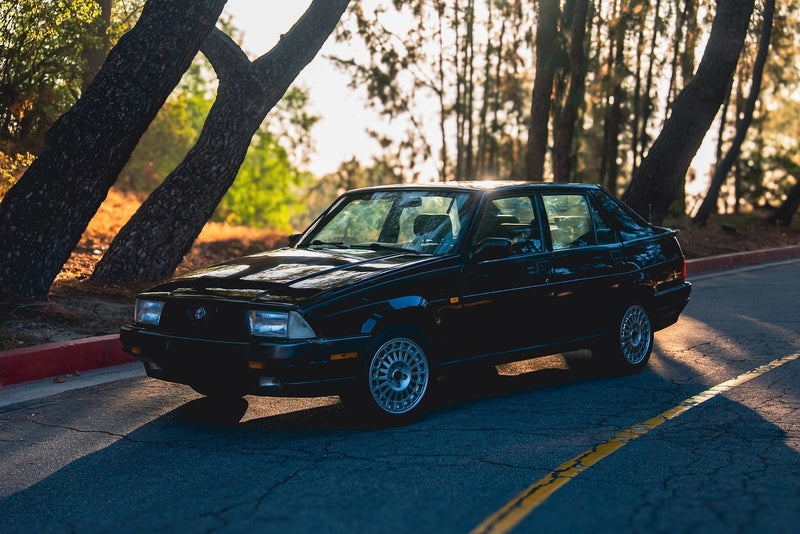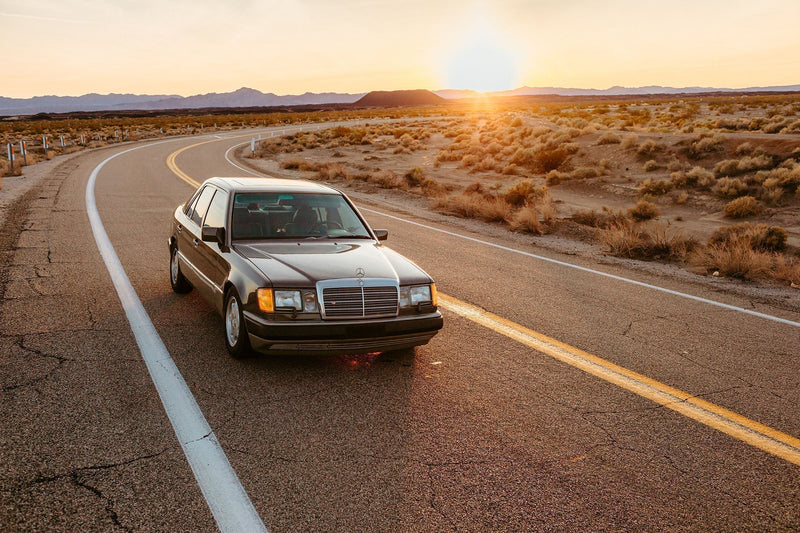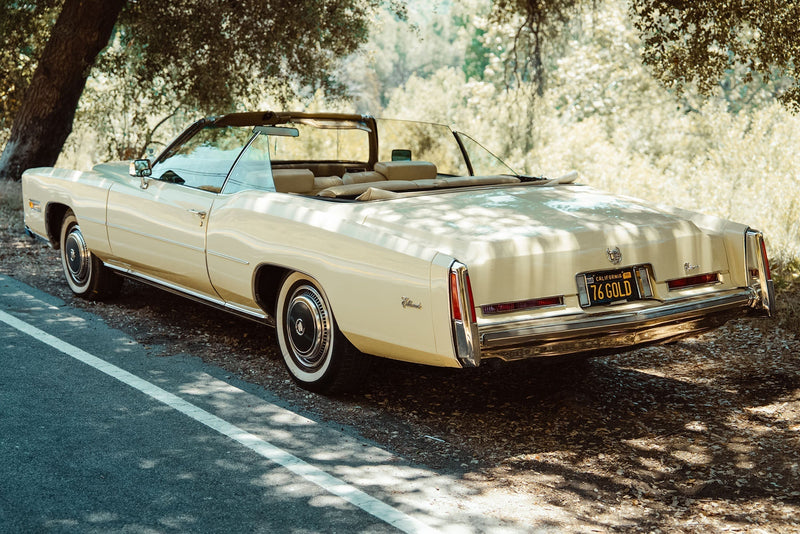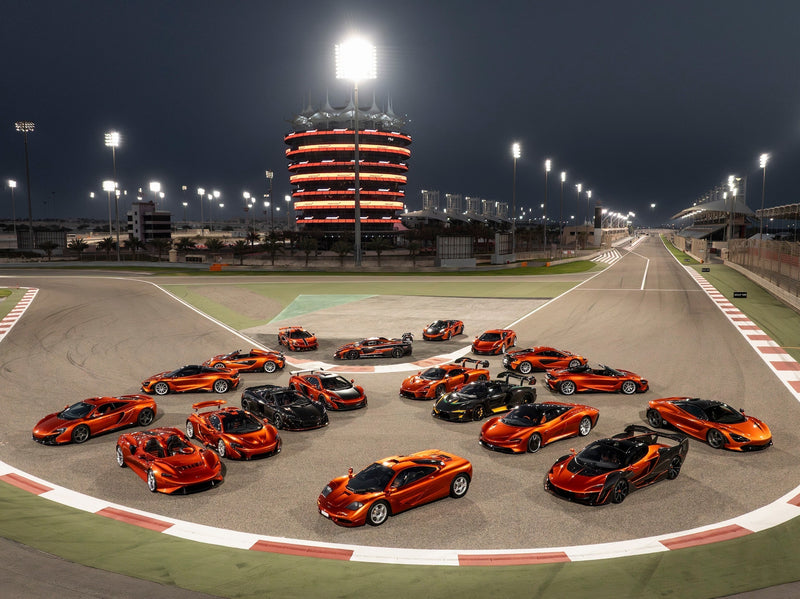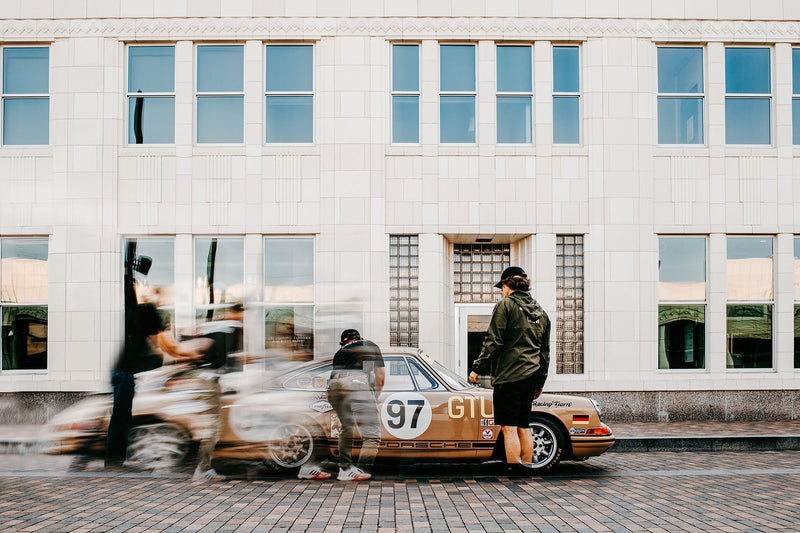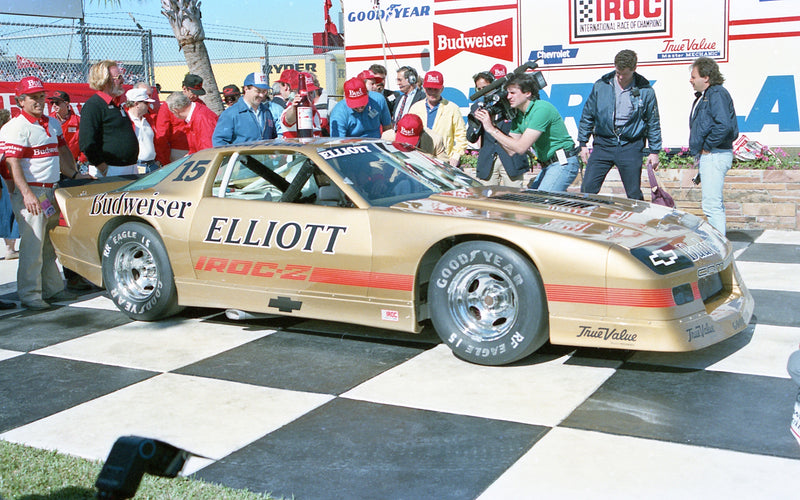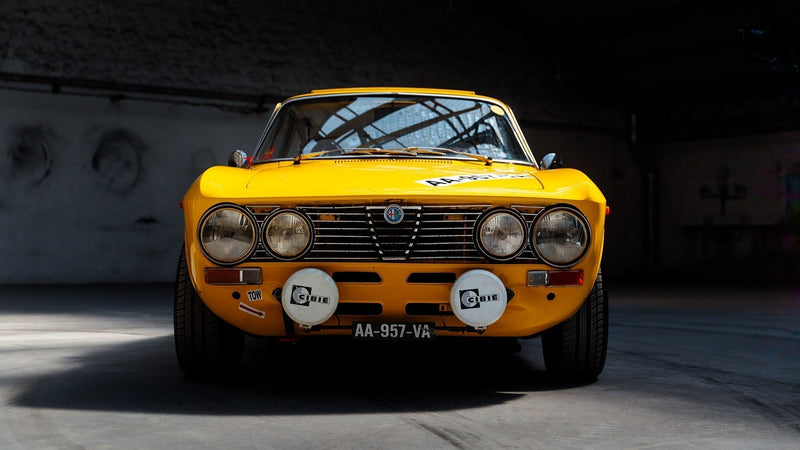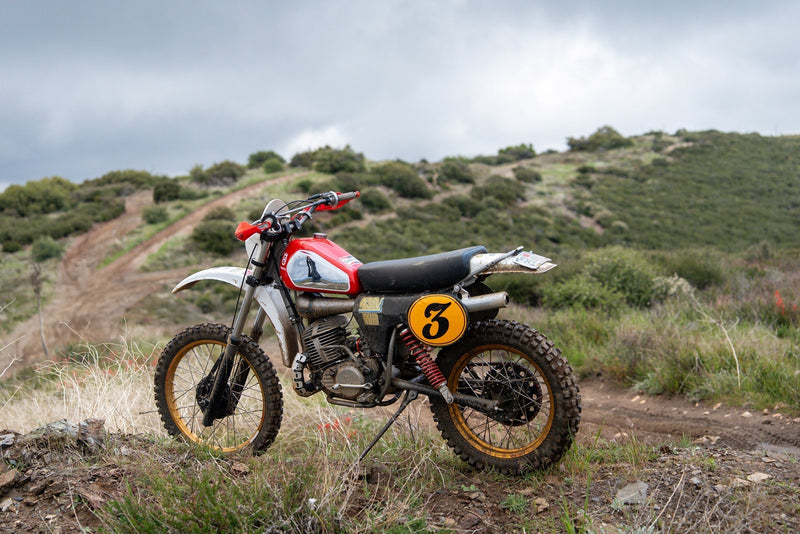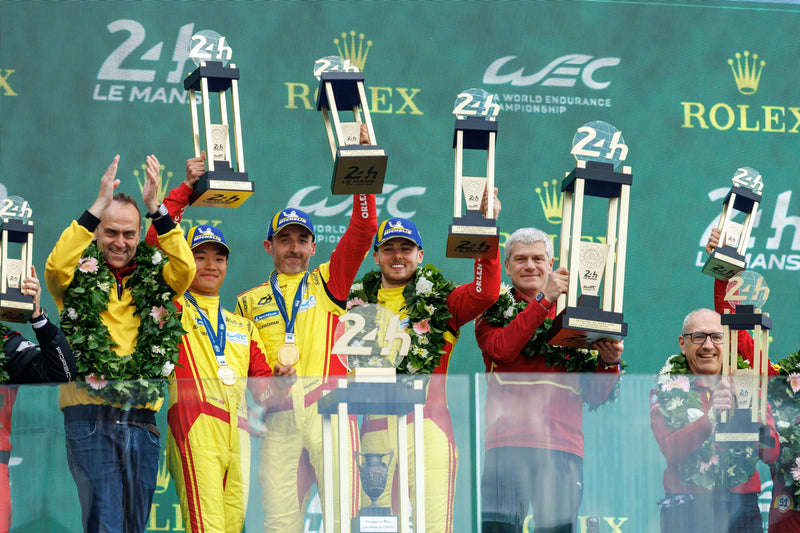It was once said that the British borders were defined by where Land Rovers could go. However, in our previous attempt at the Elephant Charge in the Zambian bush, that involved getting about 50 miles from the coast of South Africa's port of Durban before we overheated and shredded the main bearings into the sump. In our defense, we had just bought the D90 we were using blind on eBay a few weeks beforehand in England.
Never one to be deterred by the small stuff, we decided this year to up our chances of actually making it to the starting line in time by having a car there to meet us. So after much pondering, perusing, and pontificating, we purchased a 1970 Series 2A 109" Land Rover which seemed to be in almost mint condition.







It shared a link with last year’s car too, as the engine in the new one (a 2.5-liter petrol) had been rebuilt by Paul Engelbrecht, the well-known “Landy fundi” who had given us a new engine block for the D90. Knowing his reputation (which unlike our journey, spreads across most of the African continent), it seemed we might be well-prepared.
The owner kindly agreed to drive her from Pietermaritzburg, South Africa, to Lusaka, almost 1,500 miles. We knew if she passed this test we were going to confirm our hopes about its reliability, and pass she did. With flying colors. Completing the delivery trip in only 56 hours.










The time for the truck to arrive was incidentally not far from the amount of time we spent in the air getting to and from the Elephant Charge. With parts of the team flying in from both NYC and LA, it was a trek just to get there; about 40 hours door to door each way. After last year’s learning experience, this time we at least had the common sense to stay in Zambia for more than a day before making the grueling trip. So we checked into our favorite hotel in Lusaka and inhaled a few restorative anti-malarial gin & tonics to mark the first night.
With the extra time allowing us to get the jet lag under control, we set about the next day collecting the car, working it out briefly, getting acclimated, adding decals, and testing out the winch.






In all honesty, we did not research in deep enough detail the pros and cons of Series 2 Land Rovers. We just thought they looked cool. And, of course, being a Land Rover, we thought it would go just about anywhere you could expect of a 4x4. They had legendary off-road capabilities after all. Not so much apparently. Not all of them. After beginning the journey we arrived at the first of three 60-degree-plus incline saddles. Five hours later we were still attempting the first ascent, tree by tree and winch by winch, while simultaneously trying to MacGyver a new gravity-driven fuel system so that the car had power on the steep angle.



Then, almost as soon as we had made it up the first hump, we had lost all power. Likely attributable to insufficient fuel getting through to the engine due to the incline, and most probably due to a weak fuel pump. Hence the rudimentary gravity-driven fuel supply contraction, utilizing empty bottles, gaffer tape, scrounged funnel pieces, and anything else we could find. Beyond just the struggle for forward motion, it didn't help that the drum brakes also worked about as well as a knife at a gun fight. So all in all, I felt pretty safe having no power to go up, and no brakes to stop rolling backwards down the rocky tree-littered landscape.
Eventually we had to call it, and made a three point turn to head back down. Of course on an uneven incline with dodgy brakes and a low 4x4 gear that was higher than its label would indicate, it soon became a comedy. Careening down the hill with the back end swinging out like a pendulum and sliding all four wheels, the two runners on the back decided to jump to safety. Leaving me to reign in the out of control tank slapper against the forces of gravity and get the car safely through the trees. As the photos attest, she is still in one piece. My underpants though, not so much.


Having spent most of the allotted eight hours trying to get our first checkpoint under our belt without success, we then tried to make up the time through the next two, fording rivers with overused mud tracks, working through swampy bogs, and even more winching up hills. We came in at the end as a DNF on the results for the stage, but so did plenty of others (20 of the 30 starters in fact), and we were never that concerned in the first place.
A great night mirrored the long and fulfilling day in terms of good times in good company, but it was a different kind of fun when we took a break from mud and fuel fumes to change clothes and enjoy some of the whisky we’d brought with us to share with those we met along the way. It was a terrific ending to the event, and though we all happily gave our support to the winners of the Elephant Charge, we all clapped louder for the fact that we had raised six figures for the charitable element of the event, money which would be put to use supporting conversation in Zambia, and hopefully providing a future full of more elephants than we have today.




As I breathed deeply some of the finest whisky I have ever had the fortune to sip, Mikey Fleming, one of the committee members, found me and explained what he’d found had hampered our climb earlier in the day. It was not in fact the fuel pump, but the float and needle in the carburetor. Series 2s are apparently well known for losing power when attempting to climb inclines over 35 degrees or so, because the float and needle stick, which ultimately starves the engine of fuel. Without being aware of this issue, we never really had a chance in a Series 2 plagued with it. But as you can see, we managed to find ways to have a good time with the truck all the same!





We still pulled a lot of fun from our Land Rover though, bumping back to town across the pothole ridden dirt tracks of the bush, but it turned out fate had one more surprise in store for us. After taking a wrong turn and going 45 minutes in the opposite direction, we eventually came across some fellow Elephant Chargers. And unlike us (long story), these guys had a working GPS! We matched pace with them for a while, a piece in the larger pack. Then, our car comes to a stop, again. Out of fuel, or so we thought (the gauge didn’t work). So we refueled with one of our spare jerrycans. No dice. A quick inspection ruled out catastrophe, and pointed at a loose wire as our problem, one which had snapped from our overzealous speed across rough terrain. A quick splice later and she was fired up again to get us on our way home.
We will return for 2018 smarter, more experienced, and ready to maybe even win it this time. Come join us!
The Elephant Charge was started in 2008 and takes place annually in the Zambian Bush. It raises money for conservation in Zambia.



